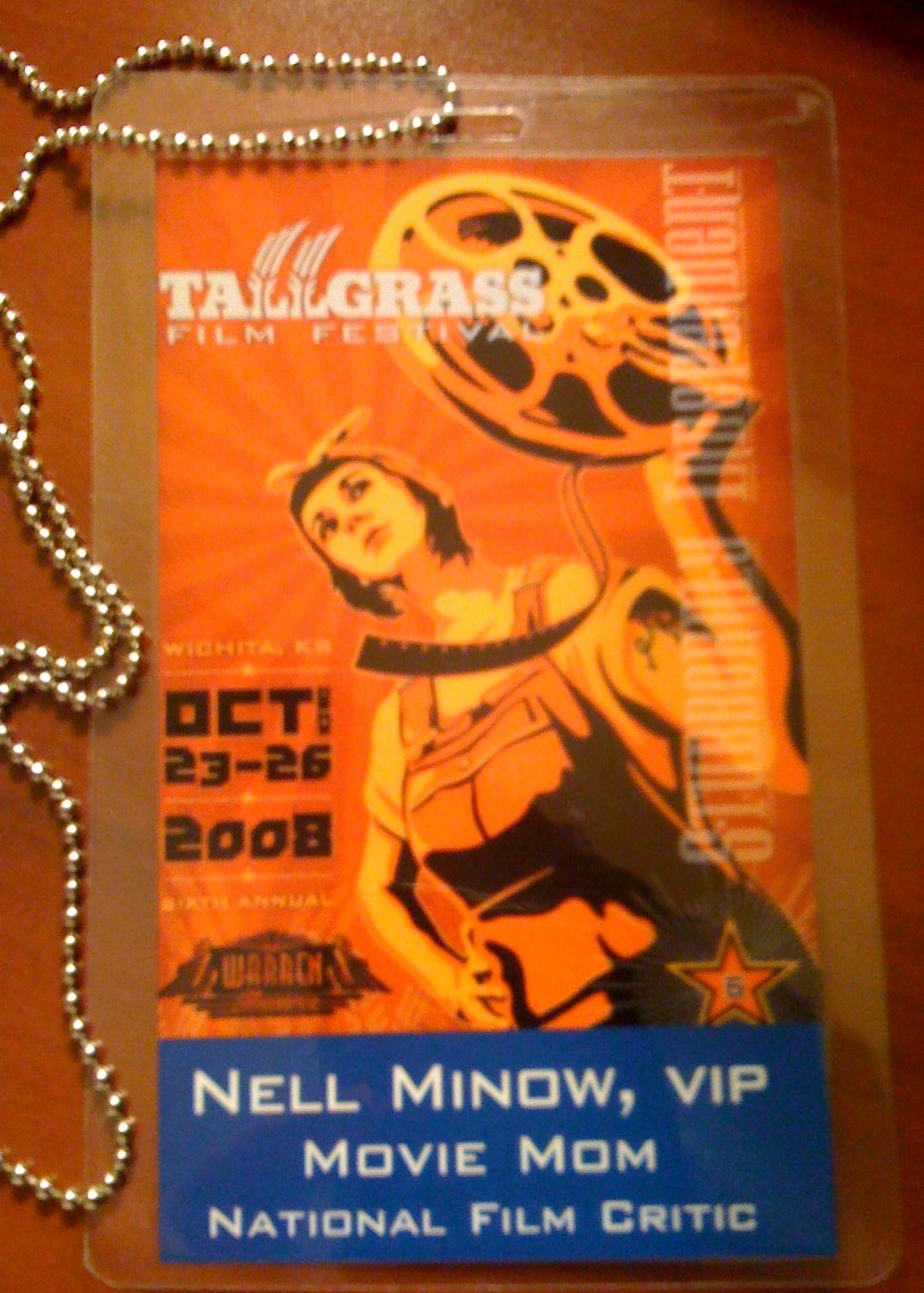Meet Me in St. Louis
Posted on October 27, 2008 at 8:00 am
This episodic story of the Smith family in the St. Louis of 1903 is based on the memoirs of Sally Benson. Its pleasures are in the period detail, the glorious songs (including standards “The Trolley Song” and “Have Yourself a Merry Little Christmas”) and the loving and nostalgic look at a time of innocence and optimism, where a long-distance call was almost as thrilling as having the World’s Fair come to your very own city. We see the family over the course of a year, celebrating Halloween and Christmas, riding the ice truck in the summer and building snowmen in the winter. They face the prospect of having to leave St. Louis so that Mr. Smith can accept a promotion. They wonder whether the older girl’s two boyfriends will propose. They treat each other with great loyalty and affectionate tolerance. And then they live happily ever after.
The Smith’s older daughters are Rose (Lucille Bremer) and Esther (Judy Garland). Rose is attracted to Warren Sheffield, and a bit impatient because he has not proposed. Esther has decided to marry “the boy next door,” John Pruitt (Tom Drake), even though they have not yet met. When the girls have a party, their two little sisters (Joan Carroll and Margaret O’Brien as Agnes and Tootie Smith) creep downstairs. Tootie is allowed to do one song with Esther (the cakewalk “Under the Bamboo Tree”) before being sent back to bed. Esther asks John to help her turn out the gas lights before he leaves, to have some time alone with him. The next day, he joins her as she and her friends ride on the trolley, and when he catches up with them, she sings “The Trolly Song.” Later, Warren escorts a visiting out-of-town girl (June Lockhart) to another party, and Esther and Rose conspire to fill her dance card with the least appealing partners at the dance. When she is revealed to be so friendly and tactful that she gets Rose and Warren back together, Esther has to take all of her dances. Tootie is heartbroken about moving to New York, and while the rest of the family tries to hide it, they are, too. Mr. Smith gives up, they stay in St. Louis, and when the fair opens, they are there.
http://www.youtube.com/watch?v=BQ2Q8_P_msgOne of the movie’s most evocative scenes is Halloween, celebrated very differently in those days, but like today the one night of the year where children have the power to frighten the grown-ups. Agnes and Tootie dress up in rags and “kill” the people who answer the door by throwing flour at them. Director Minnelli skillfully shows how spooky and at the same time thrilling it is for the girls to be out after dark. When Tootie is successful at “killing” the grouchy neighbor, she is heralded by the other kids, and blissfully announces, “I’m the most horrible! I’m the most horrible!”
This is one of the most loving of all movie families. Everyone in it treats all of the other members with trust and affection, even, when it comes to Tootie, indulgence. They are interested in each other and take each other’s concerns seriously, whether it is the seasoning of a sauce or choice of a future spouse. Only the poor father is rather left out. He is not told about the long distance call, and no one is pleased with his promotion. But in a way, that is just a reflection of the family’s devotion to him and to the life they have together in St. Louis. And the lovely duet he sings with his wife, “You and I,” shows that it is their relationship that is the foundation of the family.
Minnelli began as an art director and designer, and his use of color is always fresh and fun — there isn’t another director in history who would have thought to put Esther in purple gloves for the trolley ride, but once you see it, you can’t imagine any other color.


